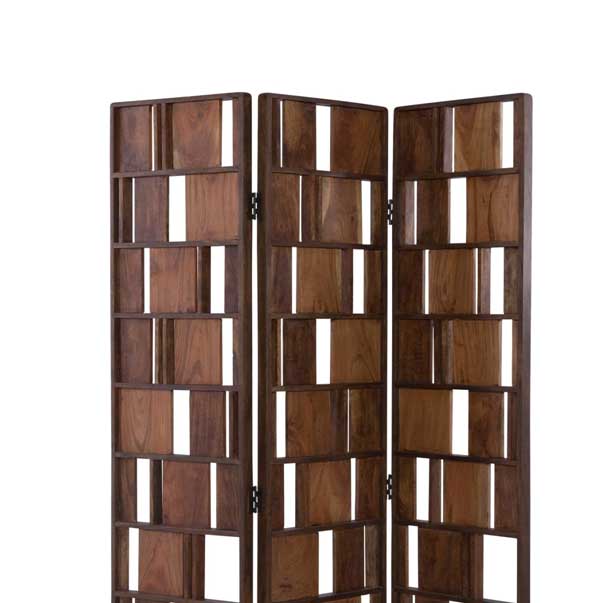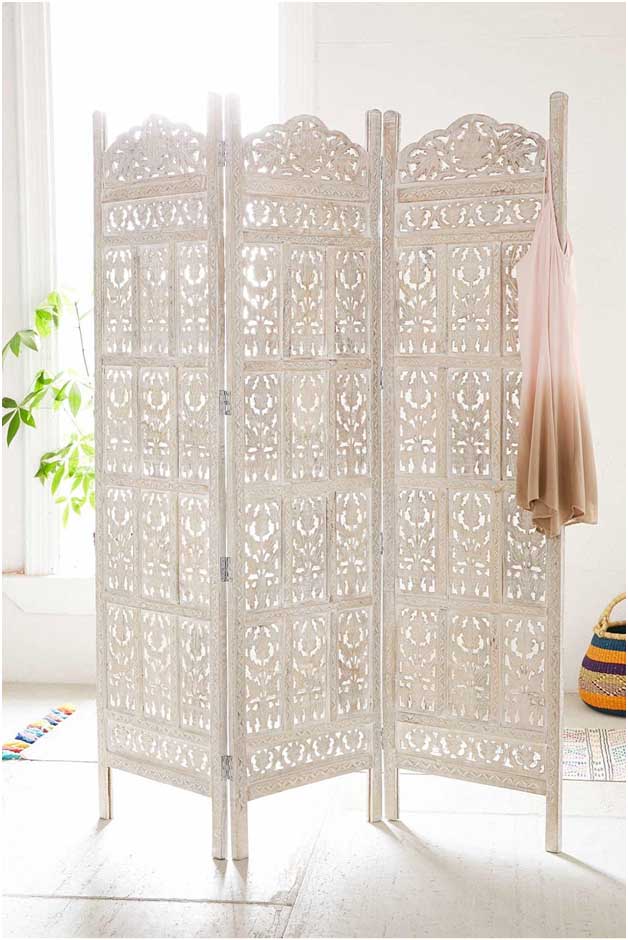Folding screens are sometimes called room dividers, but thinking of them solely as a tool for carving up space would be selling them short. “They create a certain sense of architecture and are essentially mobile pieces of art,” said Michael S. Smith, the Los Angeles-based interior designer who is perhaps best known as the Obamas’ White House decorator.
In terms of function, they can be used to hide the kitchen temporarily during dinner parties, he said, or to conceal undesirable elements in a room on a permanent basis. In his own homes, Mr. Smith said, he has used low straw-marquetry screens to hide radiators and a taller screen by the artist Nancy Lorenz to obscure bookcases he didn’t love.
Decorative screens can also take the place of wall-mounted paintings. Mr. Smith, for instance, has installed tall antique screens behind sofas and beds. “When you have a flat wall and a sofa or a bed against it,” he said, “it’s nice to have the three-dimensional quality of a screen.”
What’s the most important measurement? “Height would be number one,” Mr. Smith said, because a screen that’s too short or tall for its purpose will always look awkward.
• Will you want to move it around? “A lot of screens are really mobile, like wicker and rattan,” Mr. Smith said, but avoid anything that seems flimsy or looks “sad and puny.”
• What if you can’t find the right screen? “You can make one yourself,” Mr. Smith suggested, by commissioning an emerging artist to paint one, or by covering a basic model with leather, velvet or linen.

Quilt Floor Screen
Mirrored screen with iron frame by Slate Design

Three-Panel Room Divider
Acacia wood screen from Brayden Studio

Amber Wooden Carved Screen
Mango wood and MDF screen with distressed finish
Folding Screen
Lacquer screen with irregularly shaped panels
Nori Screen
Salago-pulp-fiber-and-steel screen with panels of varying heights



















Your Message